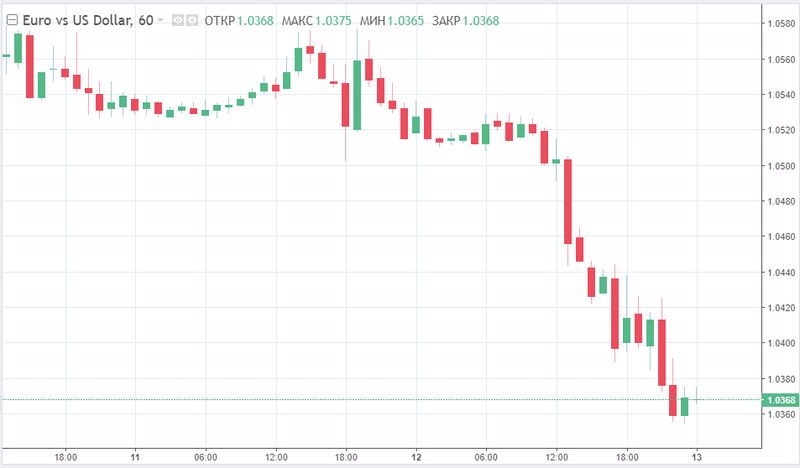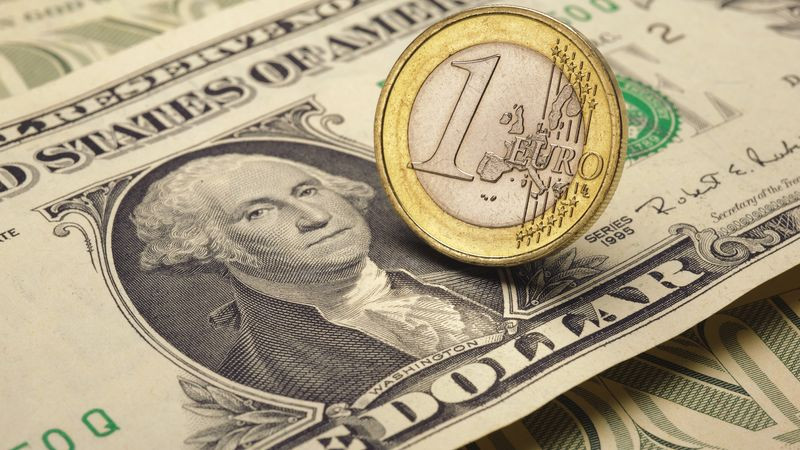
Since the beginning of the year, the euro has fallen in price against the US dollar by almost 8%. More than half of these losses (4.7%) occurred in April. The prospects for the single currency have become so bleak that market participants are thinking about achieving parity with the EUR/USD pair. At the end of last month, it sank to the lowest values in more than five years, but the 1.0470 area restrained the bears, and the pair headed for recovery.
On April 29, Eurostat released data on eurozone GDP for the first quarter, according to which, in the reporting period, the economy of the currency bloc expanded by 0.2% in quarterly terms and by 5% in annual terms.
On May 4, the research organization Markit Economics reported that in April, the composite index of business activity in the currency bloc rose to 55.8 points from March's 54.9 points.
These data showed that things are not as bad for the eurozone as investors had assumed.
A certain share of the positive for the single currency was brought by the hawkish comments of a number of European Central Bank representatives, who called for a quick rejection of the monetary stimulus of the pandemic era and pointed to a possible increase in interest rates in the eurozone this summer.
Meanwhile, the US central bank has given softer signals regarding its further actions than many market participants expected.Following the results of the May meeting, the FOMC increased the cost of lending by 50 basis points. However, Federal Reserve Chairman Jerome Powell said that an increase in the key rate by 75 bps at once is not actively discussed. This cooled the rush of dollar bulls. Greenback fans were also not impressed by the central bank's plan to reduce the balance sheet, which provides for a three-month crackdown to $95 billion. As a result, it will take several years to significantly reduce the volume of the portfolio, which has grown to $9 trillion.
All this led to the fact that on May 5, the EUR/USD pair reached a local high around 1.0640, after which it rolled back. Further attempts by the bulls to push the pair above the 1.0600 mark were unsuccessful. Meanwhile, the downward momentum was fading around 1.0500.
On Wednesday, the EUR/USD pair continued to move sideways for the fourth consecutive trading day, as traders waited for the release of April inflation data in the United States.

Long-term peaks in inflation reduce the rating of US President Joe Biden and the ruling party. Opinion polls show that Democrats may lose both houses of Congress in the midterm elections in November. Therefore, the US administration will seek to reduce inflation in the coming months and put pressure on the Fed.
On Tuesday, US President Joe Biden called on the US central bank to curb price increases, which he said are hurting American households.
"I know that families across America are suffering because of inflation,"Biden said a day before fresh data showed that consumer price growth in the United States has slowed, but not as much as predicted.
Having peaked at 8.5% in March, last month the overall CPI dropped to 8.3% year-on-year, while a decline to 8.1% was expected.The US president can say that the decline in overall annual inflation is a positive sign.
It also gives the Fed an understanding that it is on the right track.
Although this was the first slowdown in the annual consumer price index since August last year, the risks have shifted upward, as China's zero tolerance policy towards COVID-19 and the protracted Russian-Ukrainian conflict create additional pressure on global supply chains. The demand for services such as air travel and hotel accommodation during the summer, as well as a shortage of workers, can lead to an increase in inflation.
Prices for basic services increased by 0.7% in April, which is the highest since August 1990, which, according to economists, indicates a sharp increase in labor costs shifted to consumers. They argue that it will be difficult for the Fed to fight the wage growth spiral without pushing the economy into recession and provoking an increase in unemployment.
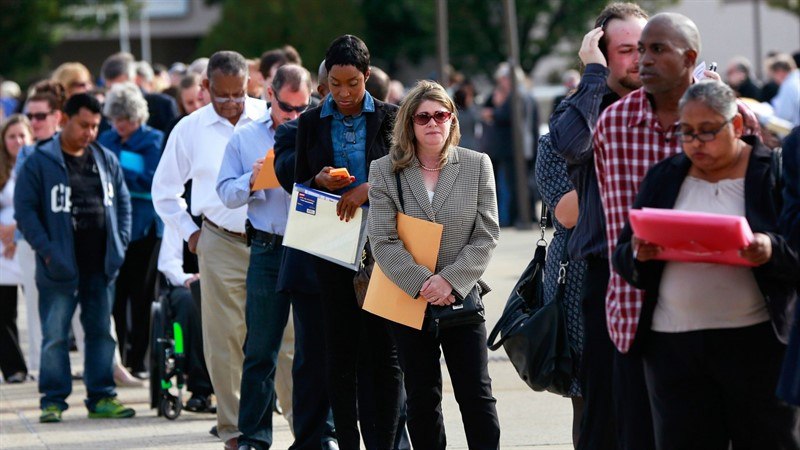
"As service prices continue to rise, it is likely to become increasingly difficult for the Federal Reserve to deny that this spiraling trend in wage prices is taking place, and recognizing this will be another hawkish risk," Citigroup analysts noted.
The US central bank will stop embellishing the truth about how far it will have to go with a rate hike to control inflation, and how serious the economic consequences will be, said former head of the Federal Reserve Bank of New York William Dudley. He believes that the Fed will have to raise the key rate to 5% or higher to contain inflation in the country.
"I think it will be a level of 4-5% or higher. Six months ago, I would have said that it could be about 3-4%, but now it's already 4-5%, and I won't be shocked if in a few months we talk about 5-6%," Dudley said.
"The Federal Reserve needs to tighten monetary policy sufficiently in order to achieve a slowdown in economic growth and an increase in unemployment. That's what is required, and I think the central bank should explain it directly to the Americans. If you start embellishing the situation, people may lose confidence in the central bank," he added.
Before the US inflation report was released, the euro and the key Wall Street indices were growing together, and the protective dollar was under moderate pressure, as investors had high hopes for a slowdown in consumer price growth.
After the report was published, the dollar regained its positions and finished just above 104.00 after previously touching a local low in the area of 103.40.
"Risky assets will certainly not like the data on the US consumer price index, because it means that it is too early to assess the increase in the Fed rate curve," TD Securities strategists noted.
"This market is desperately trying to find cheap risky assets, but there will be no rescue this time because central banks are several months late with tightening," they said.
US stock indexes ended trading on Wednesday with a sharp decline. In particular, the S&P 500 sank by 1.7% to 3,935.18 points, which is 18% lower compared to the record high of January 3.
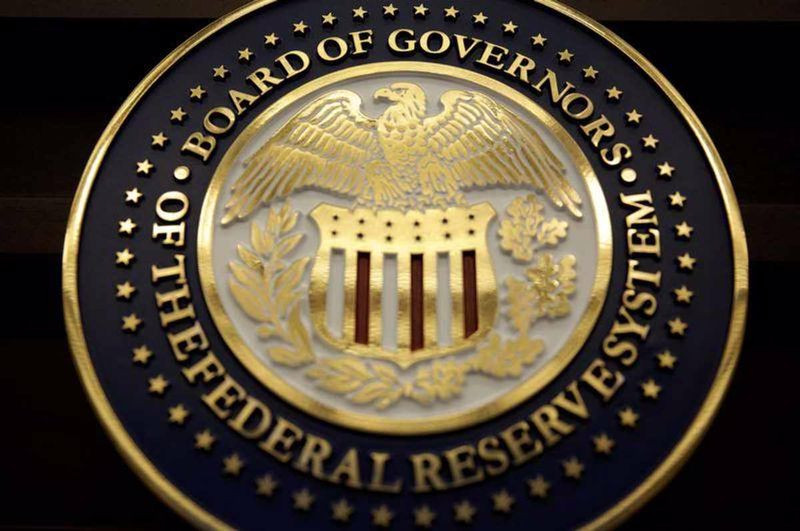
"We know that the Fed's rate hike cycle has begun. At the same time, it is still difficult to think that the market has reached the bottom," Charles Schwab analysts said.
"Stronger-than-expected inflation in the US has increased concerns about the need to accelerate the tightening of the Fed's policy," National Australia Bank analysts said.
The May data on the US consumer price index will appear five days before the June FOMC meeting, and another "shock" will make a 75 basis point rate hike a high probability, they noted.
It took April for stocks to put the last tough scenario of the Fed into prices, and it may take a week or two to adjust to a new position. At the same time, the central bank methodically remains softer than the market expects from it.
Recall that in March, the central bank did nothing to combat inflation, except for a minimum rate increase of 0.25%.
Market participants considered that the central bank's policy is to receive fewer complaints about the measures taken and not be accused of inaction.
However, in April, Powell recognized the need to slightly accelerate the procedure for tightening monetary policy. He said a half-point interest rate hike would be on the table when the FOMC meets next month.
Powell's hawkish rhetoric even prompted some analysts to predict that the central bank will raise rates by 75 basis points at each of its meetings in June and July.
Following the results of the May meeting, the Fed's position turned out to be less aggressive than expected. Powell practically ruled out the possibility of raising the rate by 75 bps.
According to the head of the St. Louis Fed, James Bullard, the Fed is preparing to continue raising rates amid new inflation data.He said that the prospects of raising rates by half a percentage point at a number of the next meetings of the central bank remain. At the same time, Bullard still doubts the need for more aggressive measures.
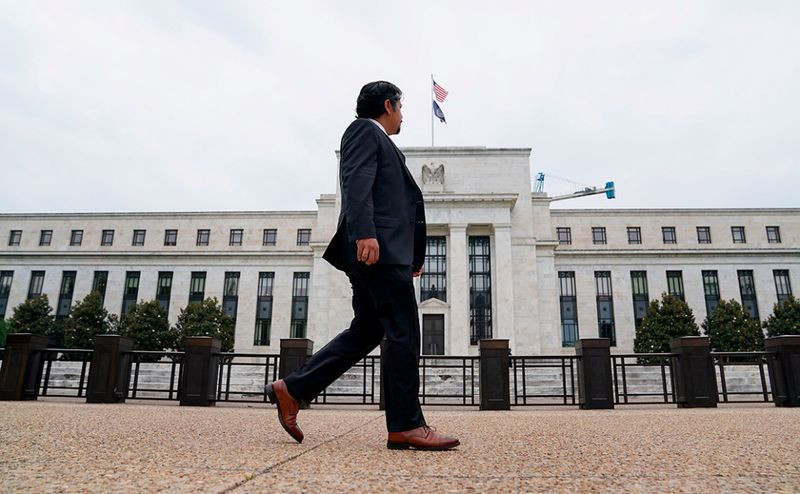
Will there be an increase in the federal funds rate by 75 bps already in June? The markets are beginning to assess the higher chances of such an outcome. Even if the Fed abstains for one month, it may take action at the next meeting in July – or at least refuse to rule out such a move.
Is that the peak over there? This question, characteristic of climbers, resonates with investors who are eager to see where inflation in the United States reaches its limits. The longer the fog persists, the longer risky assets remain under pressure. For the protective dollar, this is a good thing. The greenback moved to growth yesterday after a short break.
Meanwhile, the EUR/USD pair fell for the company with the key Wall Street indices, falling by more than 0.1% during the day, to 1.0510.
It is noteworthy that fans of the single currency were not particularly inspired by the tightening of the ECB's rhetoric. Apparently, they realize that the ECB in any case falls far behind its American counterpart, and this trend will continue even after the start of the cycle of interest rate increases in the eurozone.
The single currency remained under pressure due to fears that the conflict in Ukraine and rising energy prices could lead the eurozone into recession at the end of this year.
"The main question is not whether the ECB will raise rates in July, which is already taken into account in the quotes, but what is happening in economic activity and how this will affect the central bank's response function," Bank of America strategists said.The EUR/USD pair continued to bear losses on Thursday, reflecting the flight from risk in the second half of the week. At the same time, the dollar as a safe haven asset received support against the background of falling stock prices.
The main US stock indexes are trading in the red zone today, losing about 1%.
Investors fear that quantitative tightening will become the new norm among central banks, and the easy money of the pandemic era is about to end.
In such a scenario, the safe-haven dollar is a better option than the single currency, especially given the economic turmoil that threatens the eurozone and the difference in interest rates on both sides of the Atlantic.
The upward momentum of the USD gained momentum on Thursday, as a result of which the US currency updated multi-year peaks around 104.90. Next, the levels of 105.00 and 105.60 may come into play before the greenback challenges the December 2002 high at 107.30.
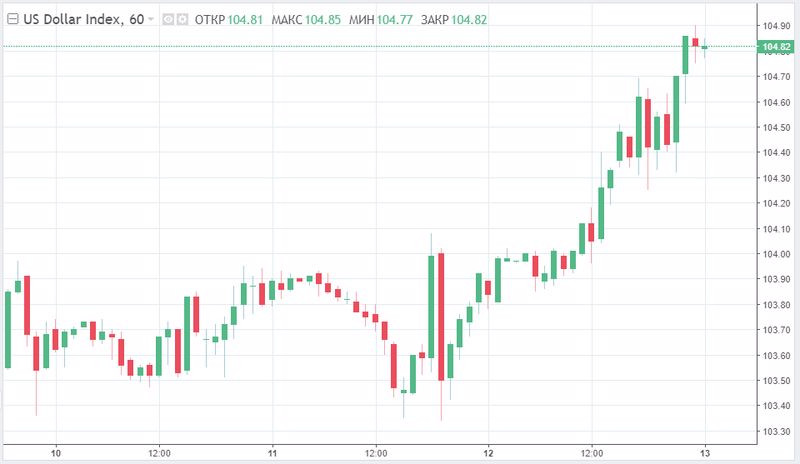
"The upward trend in USD remains unchanged, as the Fed resolutely adheres to the hawkish course, while events in the eurozone and China put pressure on expectations for global economic growth. A breakthrough of the 104.00 level clears the way for the US currency to run to 20-year highs around 107.00," Westpac analysts believe.
They expect the EUR/USD pair to slide to the 2017 lows at 1.0350-1.0340.
"The current situation with inflation, as assessed by the ECB, clearly justifies the curtailment of the accommodative policy by the central bank. Therefore, he made a unanimous decision to terminate the QE program in June and start raising rates from the current zero level at the beginning of the third quarter, as the incoming data will allow – most likely in July," Westpac reported.
"The key problem for the ECB is the risk of escalation of the conflict in Ukraine and the risk of sudden termination of energy supplies from Russia. This pressure also risks splitting the current unified position of the EU. The absence of significant data on the eurozone by the end of the week leaves the EUR/USD pair at risk of further decline and retesting 1.0340-1.0350 (2017 lows), or even the 1.0200-1.0250 area," the bank's analysts believe.
The main currency pair has finally found a direction after consolidation. On Thursday, it fell below the 1.0400 level for the first time since January 2017. Intraday losses of EUR/USD currently amount to more than 1%.
The latest bout of euro weakness is primarily a reflection of the fact that traders attribute a higher premium for geopolitical risk to the single currency in light of the increasing tensions between the EU and Russia due to the ongoing special operation in Ukraine.
In addition, market participants seem convinced that the Fed will tighten its monetary policy at a faster pace than the ECB. This, in turn, continues to act as a tailwind for the dollar and exert downward pressure on the EUR/USD pair.
In fact, the peak of the Fed's tightening policy is what could be a turning point for the single currency, but at the moment traders do not see any good reasons to stop its fall.
Therefore, it is only a matter of time before the EUR/USD pair updates the multi-year lows. The next significant support is located around 1.0350-1.0340.
In case of a rebound, the key resistance remains the 1.0600 level.
However, as long as the pair is trading below the 3-month line near 1.0910, it will remain vulnerable to additional losses, and talk about parity will not subside.
